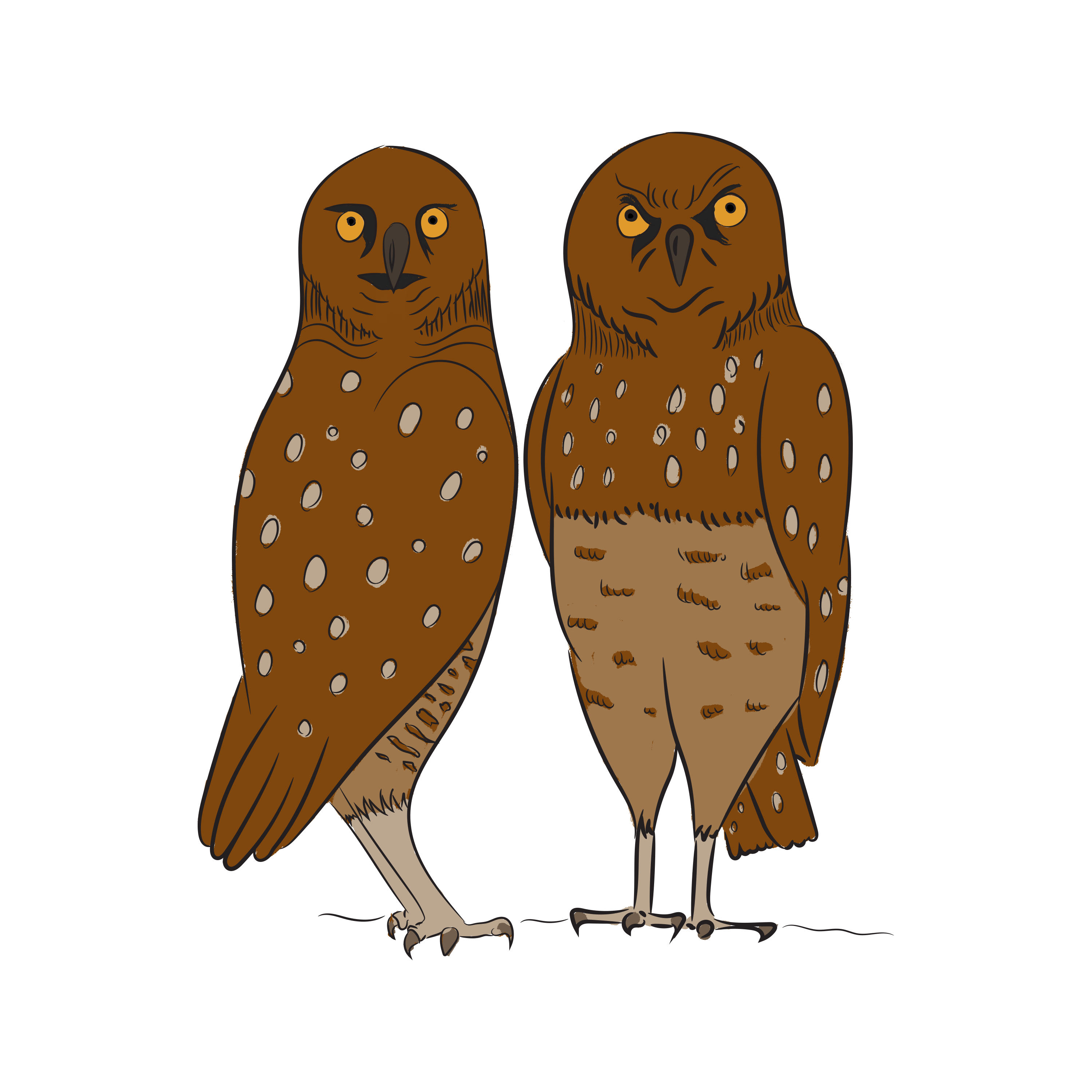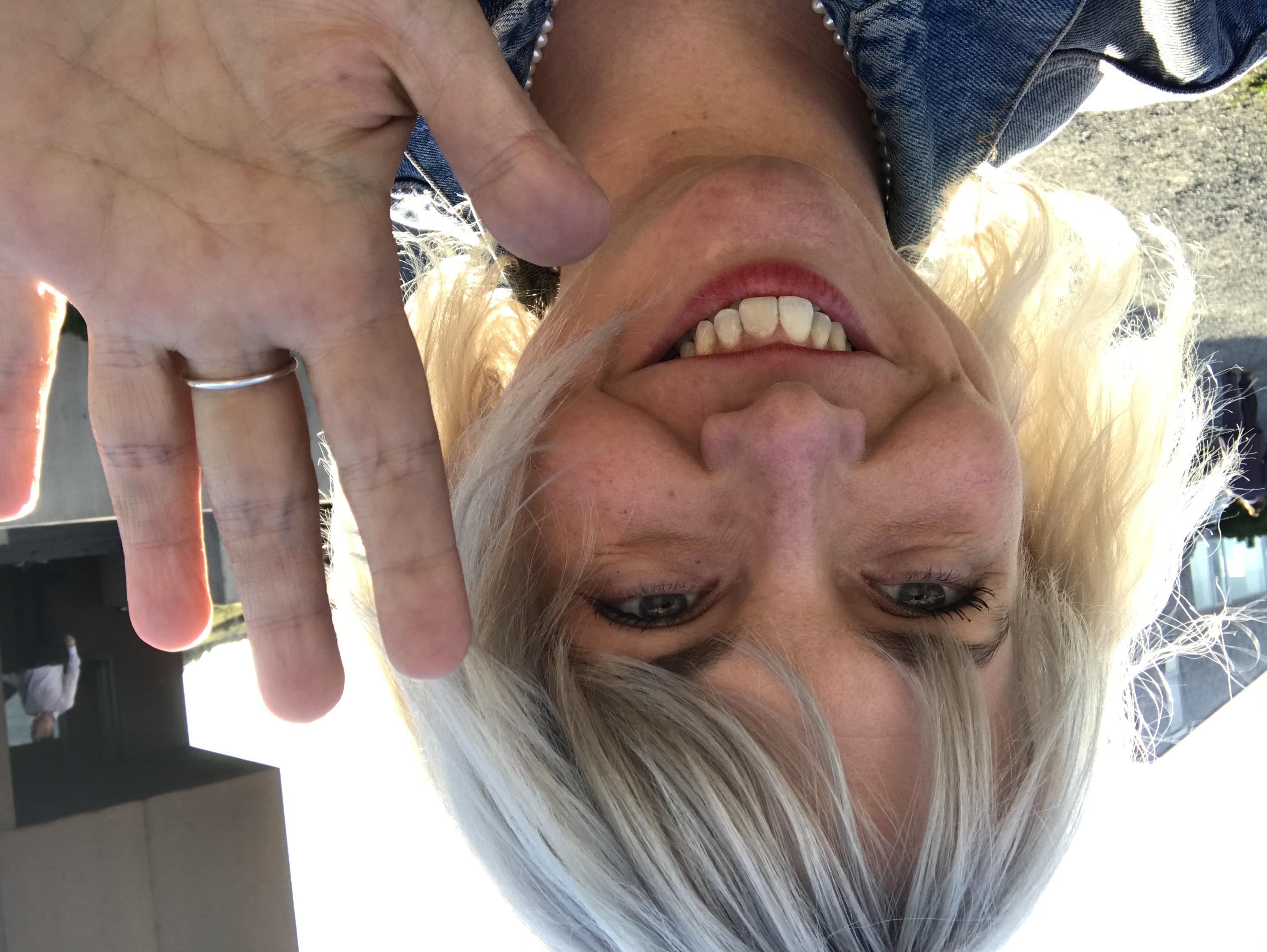
How to Organize Your Non-Profit and Set It Up for Success
By Erica Beyea on Tools from January 29, 2024
As the Founding Director of a non-profit organization: Girls’ Art League (GAL), I know how easy it can be for information to become disorganized when you’re working with a small budget and limited time.
In the past, I had a tendency to work quickly and not take time to document my processes for future reference.
Thankfully, I now understand how much pain I could have saved myself had I taken a different approach.
Here’s a list of things I wish I had done in my first few years of founding a non-profit organization.
Write everything down
Just starting your organization and have a vision for it? Write it down.
Brainstorming your mission statement? Write every idea down, including the ‘bad’ ones (they can often be seeds for the best ideas).
If you’ve been in communication with organizations you collaborate with, write down who you contacted, when you contacted them, and what was discussed.
Document every single step you take. It may feel like you couldn’t possibly forget the energizing meeting you just had with a potential partner, but as a founder, you'll likely have so much on your mind that even giant things can get a little fuzzy pretty quickly.
Take thorough notes no matter how dull or unnecessary they might seem in the moment.
Organize the documentation
Just writing things down in a wide variety of places is better than nothing, but it’s much better if you can organize your documentation into categories.
Some categories I used for Girls’ Art League were: partners, grant applications, fundraising, budget, teachers, website/promo materials, incorporation docs, lesson plans, and future dreams.
Keep everything in a single place
It’s ideal to centralize where you store all of your organization’s information. This is where I went wildly wrong in the administration aspect of my organization. And this is where a good knowledge base solution should have come in.
By my second year of running Girls’ Art League, I had my documents and information scattered all over the place: Google Drive, emails, notebooks, plus a great deal just kicking around my noggin.
I didn’t know about knowledge base software yet, as this predated my move into the SaaS world. KnowledgeOwl was but an owlet in 2014 when I founded GAL, but it did exist, and holy moly it would have been a life-saver.
Even though it would have been more efficient to use templates for things like grant applications, I still sometimes found myself rewriting things when I couldn't find the document I'd made previously. I was also constantly answering the same questions from instructors, volunteers, and the administrative team.
I could have saved a lot of time and energy if I had implemented an effective knowledge base solution. I was truly burnt out by the time I had to put GAL on hiatus in 2018. I’m not saying that good documentation and a knowledge base would have prevented me from burning out, but I can absolutely say it would have reduced a lot of the stress and frustration that contributed to the burnout.
A good knowledge base should have a robust search tool to ensure that you and your readers can quickly find exactly what is needed.
Compare plans with reality
Creating a budget is important, and you must keep close track of the actual reality of what was spent, donated, and fundraised.
Of course there's the regular accounting that anyone responsible for a non-profit will do - your basic money and money out - but it's a good idea to take more insightful notes to learn from those numbers.
If you have a fundraiser, it’s important to thoroughly document all of the financial details related to the event. For example, you may have raised more money than you expected in one part of the event and less than you expected in another. You may have encountered unexpected costs that you weren't prepared for. Keep detailed notes and include them in your Fundraising category. Your future self will thank you when you start planning the next version of that event.
And when it comes to programming, always write down a summary of what happened next to the plan you had created ahead of time. If you’re running educational workshops, you want to note what the participants did and didn’t respond to. If you're planning community events note what attendees did and didn't respond to. These practices help to ensure that your programs are constantly improving and providing value.
Share the documentation with people it can help
If you’ve properly categorized your documents, you should be able to share them with relevant people inside or outside of your organization. For example:
- Maybe you have lesson plans you can make public that can benefit organizations similar to yours in other geographies.
- Maybe you have someone helping you write grant applications who you can share previous grant application examples with.
- Maybe you have an assistant who is helping you balance your budget and ensure your finances are in good shape.
Your good work documenting and organizing your journey should not only help you be more efficient, but other folks as well!
KnowledgeOwl allows you to split out the visibility of your content so you can share some parts with the public and keep other parts private.
In my case, a knowledge base could have allowed:
- Other educators to access and benefit from public lesson plans.
- GAL’s instructors to access the lesson plans and private details about the organizations we were providing workshops to. This could have helped them prepare and contextualize the workshops they ran.
- GAL’s administrative team to access the grant application drafts, the budget and financial documents, information related to marketing website, and many other assets relevant to their work.
- GAL’s volunteers to access the details on upcoming fundraising events and to see what work had been completed and what still needed to be done.
- The Board of Directors to access the entirety of the organization's knowledge base to be sure they were kept in the loop for everything we were doing, planning, and proposing.
It can be life-changing (in a good way!) when you have a single place where folks can access the information they need.
When your stakeholders can self-serve and easily access the information they need, you save everyone time and stress. This can make all the difference for a small organization!


Writing docs
(225)

General posts useful to all documentarians about writing documentation, editing and publishing workflows, and more.


Feature spotlight
(11)

Your flight plan for how to get the most out of KnowledgeOwl features and integrate them into your workflows.


Announcements
(21)

Major KnowledgeOwl company announcements.


Customer stories
(8)

Learn how others are using KnowledgeOwl & get pro tips on how to make the most of KO!


Company culture
(36)

Find out more about who we are and what we value.


Support
(58)

We believe good support is the foundation of good business. Learn about support tools and methodology.


Tools
(40)

Learn more about tools to solve various documentarian issues, within and beyond KnowledgeOwl.


All
(344)

Not sure what category you need? Browse all the posts on our blog.

Got an idea for a post you'd like to read...or write?
We're always looking for guest bloggers.
Learn moreStart building your knowledge base today
- 30 days free (and easy to extend!)
- No credit card required
- Affordable, transparent pricing
- No cost for readers, only authors
Want to see it in action?
Watch a 5-minute video and schedule time to speak with one of our owls.


